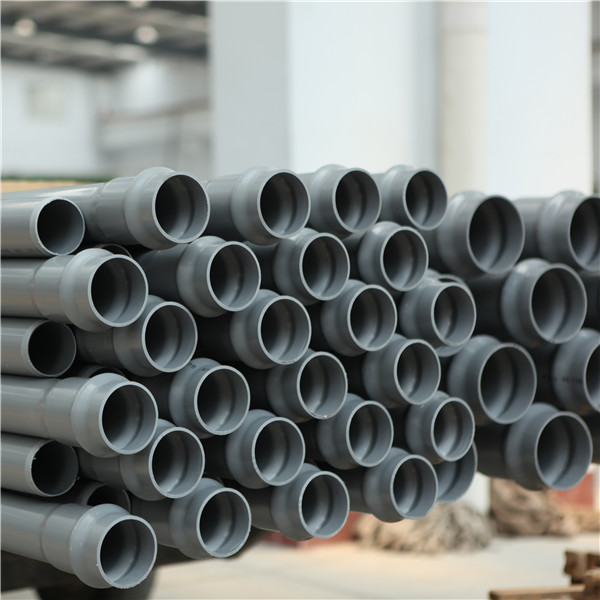Nov . 25, 2024 14:19 Back to list
welding rod pvc
Welding Rod for PVC A Comprehensive Guide
Welding rods play an essential role in various manufacturing and construction industries, especially when it comes to the welding of thermoplastic materials like polyvinyl chloride (PVC). PVC is a versatile plastic widely used in pipes, fittings, and various other applications. To achieve strong, durable, and reliable joints in PVC structures, using the appropriate welding rod is crucial. This article will explore the importance of welding rods specifically designed for PVC, factors to consider when selecting them, techniques for effective welding, and safety considerations.
Importance of Welding Rods for PVC
PVC welding rods have a specific composition designed to ensure compatibility with PVC materials. When welding PVC, one must recognize that this type of plastic has unique properties, including a high resistance to chemicals, flames, and moisture. This means that improper welding techniques or the use of the wrong materials can lead to weak joints, which might compromise the integrity of the entire structure.
The primary purpose of PVC welding rods is to melt and fuse the adjoining surfaces of PVC components, resulting in a seamless bond when cooled. Unlike traditional metal welding, where the base metals are melted, PVC welding involves the fusion of the thermoplastic materials, which requires specific techniques and rods.
Choosing the Right Welding Rod
When selecting a welding rod for PVC, several factors should be considered
1. Rod Composition Ensure the welding rod is made from PVC or is clearly labeled as compatible with PVC. This will ensure proper fusing and longevity of the joints.
2. Diameter The diameter of the welding rod should match the thickness of the PVC pieces being welded. A thicker rod is typically required for larger components to provide adequate filling and strength.
3. Color While not always essential, the color of the welding rod can be important for aesthetic reasons. Some applications may require matching the color of the rod to the PVC being used to maintain visual uniformity.
4. Manufacturer Recommendations Always consider recommendations from the PVC manufacturer, as they may specify certain types of rods that have been tested for use with their materials.
welding rod pvc

Welding Techniques
Welding PVC requires specific techniques to ensure a strong bond. Here are the basic steps
1. Preparation Start by cleaning the surfaces to be welded. This will remove any dirt, grease, or moisture that can affect the quality of the weld.
2. Heating Use a hot air welder or a similar heating tool to soften the edges of the PVC components. The temperature should be controlled to avoid burning or warping the PVC.
3. Adding the Rod As the edges become pliable, introduce the PVC welding rod to the joint. The rod should melt and fuse with both joining surfaces, creating a strong bond.
4. Cooling Allow the joint to cool naturally. Do not rush the cooling process, as this may lead to the formation of weak spots in the weld.
Safety Considerations
Welding PVC can release toxic fumes, particularly if the material is overheated. It is essential to work in a well-ventilated area or use proper respiratory protective equipment, such as masks rated for chemical fume protection. Additionally, wearing gloves and protective eyewear can safeguard against burns or splashes during the welding process.
Conclusion
Welding rods designed for PVC are vital for achieving durable and reliable joints in PVC constructions. By understanding the importance of proper rod selection, mastering welding techniques, and adhering to safety practices, professionals can ensure the integrity and longevity of their PVC applications. With the right materials and methods, welding PVC can be a straightforward and effective process that leads to high-quality results.
-
PVC Transparent Sheet Roll - Durable & Flexible PVC Plastic Sheet Roll for Industrial & Home Use
NewsJun.24,2025
-
High-Quality PVC PPR Pipes and Fittings Durable ERA PPR Solutions
NewsJun.10,2025
-
High-Quality Large HDPE Sheets & Large Diameter PVC Pipe Durable Large PVC Pipe Supplier
NewsJun.10,2025
-
High Density Polyethylene Cutting Board - Durable & Food Safe
NewsJun.09,2025
-
3 Inch PVC Pipe for Durable Irrigation Affordable & Reliable
NewsJun.09,2025
-
Premium PPR Plastic Water Pipe Fittings - Durable & Leak-Free
NewsJun.09,2025

